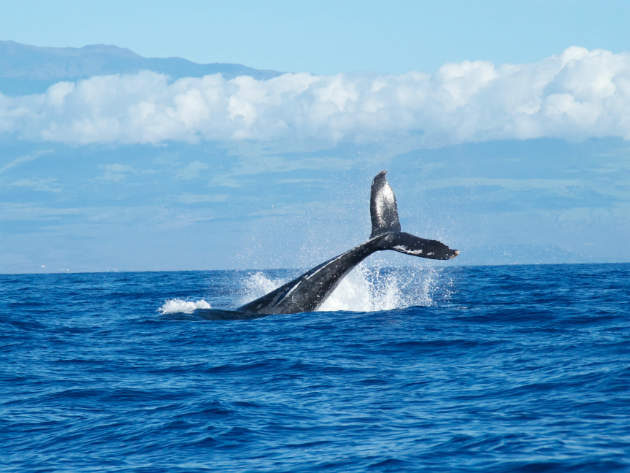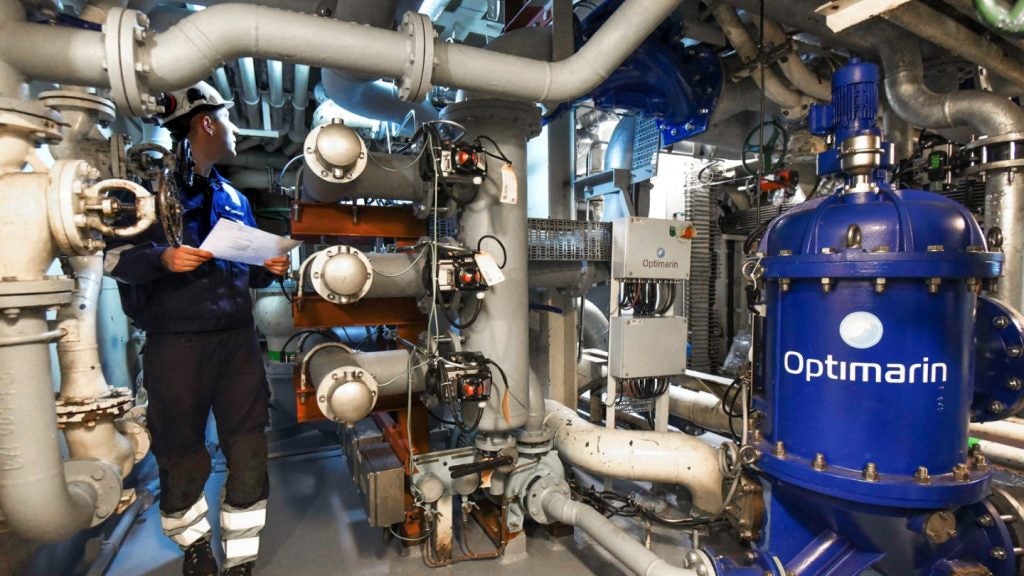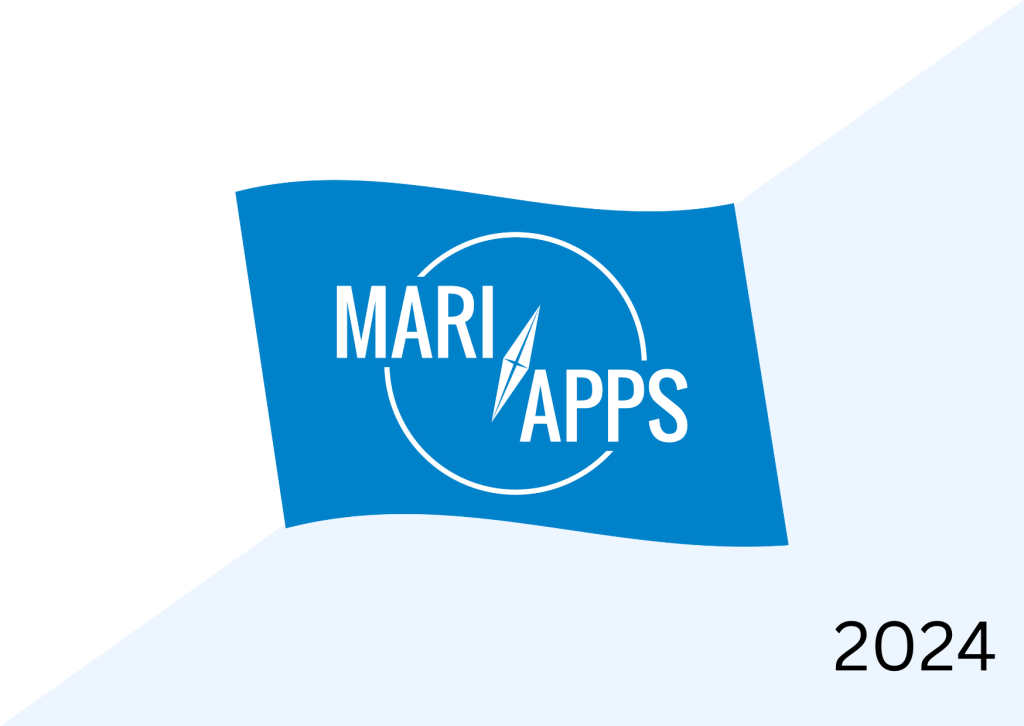
With 27 major marine cargo terminals and three Class I railroads, the Port of Vancouver is Canada’s largest and busiest container port. The waters around it, however, are home to the iconic, but sadly endangered, southern resident killer whales, which, as of January this year, comprised of just 78 individuals.
According to Krista Trounce, manager of the Port of Vancouver’s Enhancing Cetacean Habitat and Observation (ECHO) Program, which aims to understand and manage the impact of shipping activities on at-risk whales, it is a challenging combination.
“The waters around southern British Columbia and northern Washington are home to a great number of whales, dolphins and porpoises, some of which are at risk or endangered,” she says. “At the same time these waters are the main shipping routes to ports in the area including Vancouver, Seattle and some of the smaller Washington and DC ports. We have an endangered whale species’ critical habitat intersecting with the main international shipping way on route to these ports.”
Endangered whales in the region face a number of potential threats from shipping companies and cruise lines, Trounce says.
“First there is acoustic disturbance,” she says. “This is underwater noise that can impact a whale’s ability to feed, communicate, rest and locate their prey. The southern resident killer whale largely feeds on Chinook salmon, which is why they come to these waters. They echolocate to find the salmon and vessel noise can interfere with that. There is also physical disturbance, the potential of a vessel to strike a whale, and possible environmental contaminants from ships.”
Various regulations exist in both the US and Canada to protect endangered species. “The southern resident killer whales and some of the other species are protected in Canadian waters under the Species at Risk Act, and in US waters under the Endangered Species Act,” Trounce says. “These acts provide legal protection to the geographic area and the feeding and daily functions of the animals.”
How well do you really know your competitors?
Access the most comprehensive Company Profiles on the market, powered by GlobalData. Save hours of research. Gain competitive edge.

Thank you!
Your download email will arrive shortly
Not ready to buy yet? Download a free sample
We are confident about the unique quality of our Company Profiles. However, we want you to make the most beneficial decision for your business, so we offer a free sample that you can download by submitting the below form
By GlobalDataSaving killer whales
But this often isn’t enough. To help mitigate the impact of shipping activity on marine life, Trounce and her team recently established a two-month vessel slow-down trial designed to test the relationship between the speed of vessels and acoustic disturbance.
“We are asking large commercial vessels to slow down to 11 knots through the water in a particular geographic area that is an important feeding area for the killer whales,” she explains. “There have been some historic studies that indicate a one knot speed reduction could equal a one decibel noise reduction but there has never been a study of this size, magnitude and duration conducted before to help understand the speed-sound relationship.
“We want to be able to understand what that noise reduction is and then we want to use computer modelling tools to help understand what the potential benefit to the whale’s foraging might be.”
Engaging industry stakeholders
While the trial is voluntary – the port does not have the jurisdiction to enforce regulations – Trounce says the industry has reacted positively thus far.
“We have a vessel operator’s committee working with us on the trial that contains a lot of industry representatives, cruise lines, international associations, and various chamber of shipping and shipping federations,” she says. “They have worked very closely with us on the development and implementation of the trial and the associations in particular have been excellent in rallying their members to participate.”
Voluntary solutions have always been the preferred method of the ECHO Program, Trounce adds. “It has always been focused on furthering science to find mitigation solutions with a goal towards voluntary solutions,” she says. “If this trial proves a positive relationship there may be an interest in making this a voluntary measure on a longer-term basis.”
The ECHO Program was founded in November 2014 as a port-led initiative seeking the input of different stakeholders from industry, science, academia and government. “They help provide ideas and insight to guide the programme,” Trounce says. “We recognise the need to have all parties working together towards solutions.”
Ports taking the initiative
According to its 2016 Annual Report, the ECHO Program has initiated or provided support to 17 different projects over the past two to three years. These include an ongoing regional ambient noise project, which seeks to collect and analyse underwater ambient noise levels in the Salish Sea, and a large whale vessel strike risk assessment, which aims to evaluate the “distribution and habitat of large whales, and the potential for ship strike”. There is also a pollution tracker programme designed to sample environmental conditions in the southern resident killer whale’s critical habitat.
Back in 2013, the port authority also set up the Fraser River Improvement Initiative, which has further provisions to help protect killer whales.
“To ensure dredging activities in the Fraser River do not impact southern resident killer whales, a trained marine mammal observer is on board each dredging vessel,” the port’s website explains. “If a killer whale is detected within 1,000 metres of the dredging or disposal site, all operations cease until 30 minutes after the whale has left the area. Observation logs are kept, documenting all stoppages, and this information is reported annually to Fisheries and Oceans Canada and to Environment Canada.”
Put together, Trounce says these initiatives show the positive role ports can play in the conservation of killer whales and other marine life.
“We have the ability and influence to provide incentives and open communications with shippers and other customers,” she says. “That is why the Port of Vancouver has taken a leading role in protecting endangered species.”





